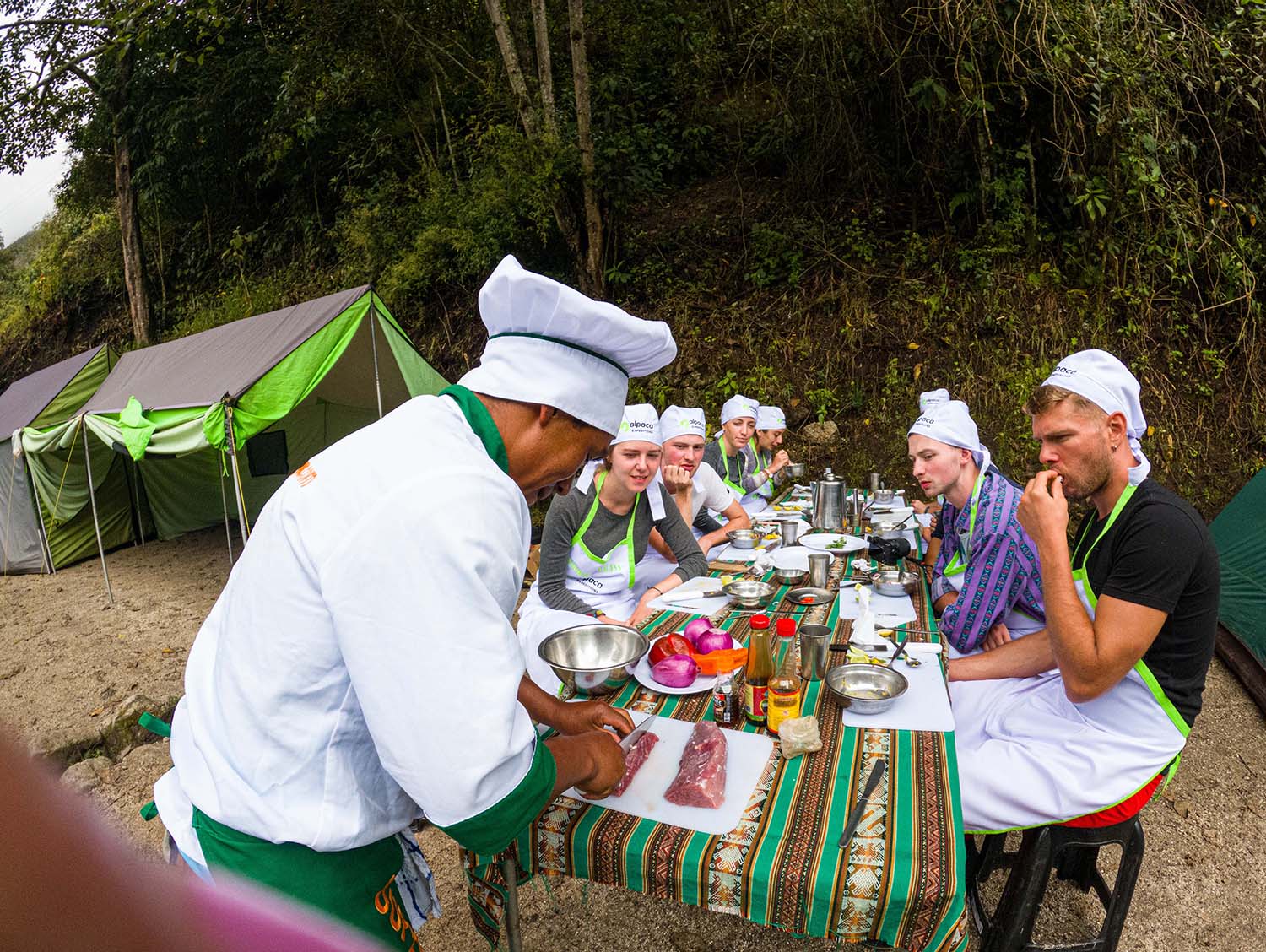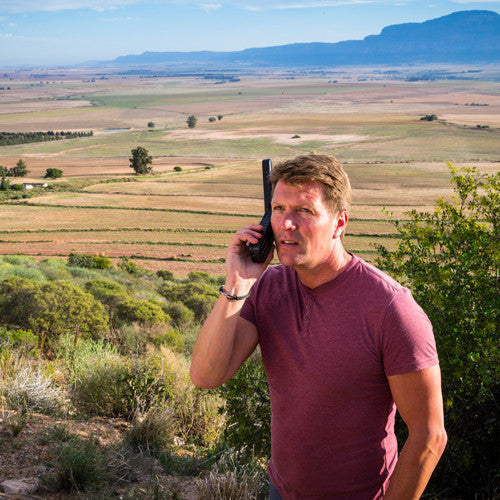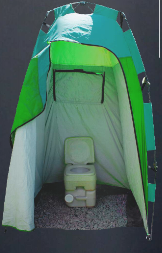Hiking the Old Mountain: An Insider’s Guide to Machu Picchu Mountain in 2025
Guide to Machu Picchu
Machu Picchu means “old mountain” in Quechua, and the name is more than a poetic description. Rising above the famous citadel, Guide to Machu Picchu Mountain offers sweeping views of the Urubamba River valley and a chance to experience the Incan sanctuary from a different perspective. For travellers from the USA and UK, hiking this mountain can be the highlight of a trip to Peru. Yet the trek is often misunderstood.
Many visitors think the climb is extremely difficult or confuse it with Huayna Picchu. Others arrive without realizing that new rules, limited tickets and altitude challenges require careful preparation. As a senior travel editor and trek guide for Alpaca Expeditions, I want to ensure your journey to Machu Picchu Mountain is as rewarding and safe as it is unforgettable.
This guide to Machu Picchu is designed to be your complete resource. Whether you are a first‑time visitor or a seasoned trekker, you will find updated 2025 regulations, decision frameworks for choosing between peaks, acclimatization strategies, packing lists, itineraries and cultural etiquette.
I draw on on‑the‑ground experience, official regulations and feedback from past hikers to offer practical advice and personal insights. By the end of this article you will not only know how to secure tickets and prepare for the hike but also understand the historical and cultural significance of the landscape you are entering.
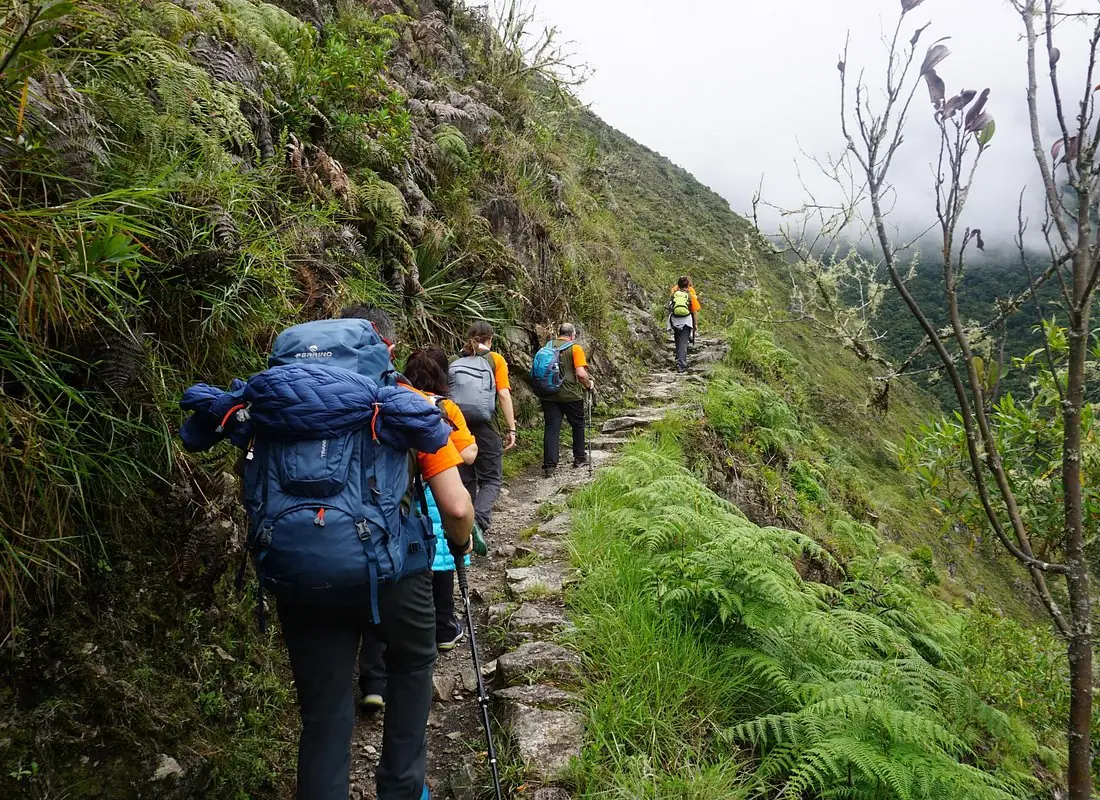
Guide to Machu Picchu
The Inca Citadel in Context
Geography & History of Machu Picchu
Machu Picchu lies roughly 80 kilometres northwest of Cusco, perched on a saddle between two mountains: Machu Picchu (Old Mountain) and Huayna Picchu (Young Mountain). The citadel itself sits at about 2 430 metres above sea level, more than 1 000 metres below Cusco. Its location in the cloud forests of the eastern Andes allowed it to have a milder climate than the high Andean capital.
The Urubamba River wraps around the base of the mountains, creating steep cliffs that once served as natural defences. When you stand on the terraces, you can see this river carving its way through the valley-a reminder that the Incas selected sacred sites in harmony with topography.
Archaeologists believe the citadel was built in the mid‑15th century during the reign of the Inca ruler Pachacuti. It may have served as a royal retreat, astronomical observatory and ceremonial centre. After the Spanish conquest, the site was largely forgotten outside of local communities until the early 20th century, when it was brought to global attention.
In 1983 UNESCO declared Machu Picchu a World Heritage Site, recognising its architectural genius and ecological significance. Today the Peruvian government, in partnership with UNESCO, regulates visitor access to protect the fragile structures and environment.
Cultural Significance
For the Quechua people, mountains (apus) are living deities that watch over villages and farmland. Machu Picchu Mountain and its neighbour Huayna Picchu are part of this sacred geography. Even if you aren’t following Incan religious practices, approaching these peaks with respect honours their cultural heritage.
Understanding this context deepens the experience: you are not simply ticking off a bucket‑list attraction but entering a sacred landscape that has been revered for centuries.
Understanding Machu Picchu Mountain
What & Where Is Machu Picchu Mountain?
Machu Picchu Mountain, known locally as “Montaña Machu Picchu,” is the larger of the two peaks flanking the ruins. Its summit reaches approximately 3 082 metres (10 111 feet) above sea level, about 600 metres higher than the citadel. The trail starts near the Guardian House on the upper platform of the archaeological site and winds up the western ridge.
Because the mountain sits within the protected Historic Sanctuary of Machu Picchu, access is restricted and regulated. You must hold a “Machu Picchu + Mountain” ticket (also called Route 1A) to hike it, which we will explain later.
From the summit you can see the entire urban layout of the ruins, the meandering Urubamba River, and the neighbouring peaks Huayna Picchu and Putucusi. On clear mornings the snow‑capped Salkantay and Veronica mountains appear on the horizon. The steep slopes are cloaked in cloud forest vegetation-mosses, ferns and orchids that thrive in the humid microclimate.
Trail Overview
The official trail to Machu Picchu Mountain is well‑maintained but demands stamina. It is roughly 3.9 kilometres (2.4 miles) round‑trip with an elevation gain of about 600 metres. The path consists mainly of stone steps built into the mountainside. Unlike the narrow, vertigo‑inducing sections of Huayna Picchu, Machu Picchu Mountain’s paths are wide and not particularly steep.
There are no drop‑offs requiring ladders or cables, making this route less technical and safer for those who fear heights. You do not have to reach the summit to enjoy spectacular views; several viewpoints along the way offer the classic postcard perspective.
Allow roughly 1 hour and 30 minutes for the ascent and 1 hour for the descent. Fit hikers may complete it faster, but rushing at altitude can lead to exhaustion or injury. Plan for plenty of breaks, especially for photography or to catch your breath. Start early in the morning to avoid the midday heat and to ensure enough time to explore the citadel afterwards.
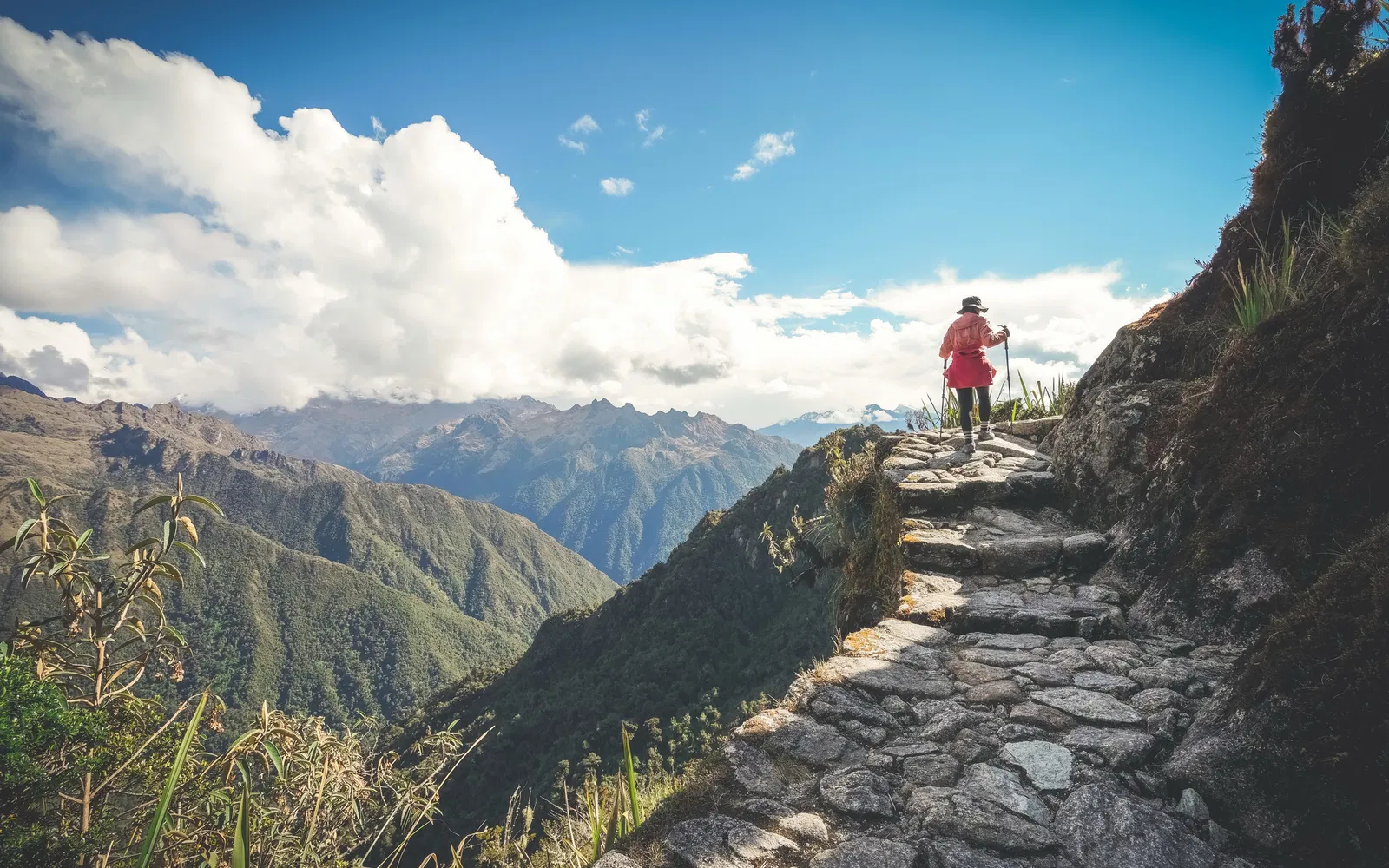
trail to Machu Picchu
Views & Highlights
Within minutes of beginning the climb you will see terraces and the roofs of the citadel from above. As you ascend, the angle widens to reveal the dramatic curvature of the Urubamba River. On a clear day the summit provides a 360° panorama of the Andean range.
Look for glaciated peaks such as Nevado Salcantay and Pumasillo, as well as distant villages in the Sacred Valley. The slopes are home to spectacled bears, Andean cock‑of‑the‑rock and endemic orchids. While sightings are rare, scanning quietly increases your chances.
Comparing the Peaks: Machu Picchu vs Huayna Picchu vs Huchuy Picchu
Elevation & Distance Comparison
One of the most common questions travellers ask is whether they should climb Machu Picchu Mountain or Huayna Picchu. These two peaks may appear similar in photos, but there are notable differences:
• Machu Picchu Mountain stands about 3 082 m / 10 111 ft high, with an elevation gain of roughly 600 m over a 3.9 km round‑trip.
• Huayna Picchu rises to around 2 693 m / 8 923 ft with a 350 m elevation gain along a 2.4 km route. Its trail is steeper and narrower, featuring exposed stairs and drop‑offs.
• Huchuy Picchu, the “little peak,” is approximately 2 497 m high and involves a gentle 1.2 km round‑trip with a 250 m gain. It’s suitable for those seeking an easier viewpoint.
Machu Picchu Mountain’s moderate difficulty makes it accessible to a wide range of people. Because the trail is broader, you can pause without blocking other hikers. Despite being less steep, the altitude can still challenge your lungs.
Children under 12 are restricted from climbing, reflecting new safety standards. Always stay on the marked path and avoid leaning over railings or venturing onto unmarked ledges.
Huayna Picchu has sections nicknamed the “Stairs of Death,” a series of stone steps carved into a sheer cliff face. There are no guardrails, and wet conditions make the rock slippery. For those comfortable with exposure and steep climbs, it’s exhilarating.
For travellers with vertigo or knee issues, Machu Picchu Mountain offers a safer yet still rewarding alternative. Huchuy Picchu, while lower, is open only during high season and receives far fewer visitors; the path is well‑graded, and it provides a taste of high views without the physical demands.
Tickets, Circuits & Regulations (2025 Update)
In response to overcrowding and to protect the citadel, the Peruvian Ministry of Culture introduced a circuit system. There are three main circuits, each with sub‑routes. Circuit 1 (Panoramic) includes sub‑route 1A leading up Machu Picchu Mountain.
Each ticket corresponds to a specific circuit and time slot; you cannot re‑enter once you exit. New rules require all visitors to join small guided groups and prohibit single‑use plastics, large backpacks and self‑guided wandering off the marked paths.
Booking Your Ticket
To secure a ticket, you will need a valid passport or national ID. In high season (June–August and December holidays) book at least one month ahead for Machu Picchu Mountain and two to three months for Huayna Picchu.
Tickets are non‑transferable, and you must select a specific entry time. Prices vary by category (adult, student, child), and credit cards are accepted on the official booking platform. Guide to Machu Picchu are mandatory for all circuits; official guide to Machu Picchu speak English, Spanish and often Quechua.
Entry Rules & Time Limits
Once inside the sanctuary you must abide by strict rules: stay on your designated circuit, respect the four-hour time limit, and refrain from using drones, selfie sticks or musical instruments. Single‑use plastics are banned; bring reusable water bottles and snacks.
Hiking poles are allowed only with medical permission and rubber tips. Toilet facilities are outside the entrance, and there is no re‑entry, so plan accordingly. Ignoring these regulations can result in fines or removal from the site.
Preparing for the Hike
Acclimatization Strategies
Altitude is often underestimated. At 3 082 m the summit of Machu Picchu Mountain is higher than many European alpine passes and can induce “soroche” (altitude sickness) in unprepared visitors. Spend at least two to three nights in Cusco or the Sacred Valley to acclimatize.
Hydrate, avoid strenuous activity during your first day, and try coca tea or prescribed medications after consulting your doctor. On the trail take slow, steady steps and breathe deeply. If you experience severe symptoms-shortness of breath at rest, vomiting or confusion-descend immediately and seek medical attention.
Physical Preparation – Guide to Machu Picchu
Machu Picchu Mountain does not require technical climbing, but being in good physical condition enhances enjoyment. Four to eight weeks before your trip, incorporate cardiovascular workouts (brisk walking, jogging, cycling), stair climbing to mimic the constant ascent, and strength training focused on legs and core. Weekend hikes with elevation gains of 300–500 m help prepare your body for the real thing.
Packing List
A well‑prepared pack makes the difference between a pleasant hike and a miserable one. Mandatory items include your passport and printed ticket, at least one to two litres of water in reusable bottles, snacks, sunscreen, insect repellent, a warm layer, rain jacket, comfortable hiking shoes, a hat and sunglasses.
Bring a small first‑aid kit with plasters, blister pads and any personal medications. A small daypack (no larger than 40 × 35 × 20 cm) holds your items without obstructing narrow sections. Avoid single‑use plastics and large backpacks; there are no vendors on the trail, so carry all you need and pack out all waste.
Getting There
Most visitors reach Machu Picchu via train from Cusco or Ollantaytambo to Aguas Calientes (also called Machu Picchu Pueblo). Two main services operate-Expedition and Vistadome. The train from Ollantaytambo takes about 1.5 hours, while the trip from Cusco takes roughly three hours.
From Aguas Calientes, shuttle buses depart every few minutes from 05:30 to about 15:30, taking 20 minutes to reach the site entrance. Alternatively, you can walk the road in about 1–1.5 hours.
If you prefer trekking, consider the Inca Trail (four days), the Salkantay Trek (five days), the Lares Trek (three to four days) or the Choquequirao Trek (nine days). These routes require separate permits and are physically demanding. Finishing your trek in Aguas Calientes allows you to rest before tackling Machu Picchu Mountain.
Staying in Aguas Calientes & Sacred Valley
Aguas Calientes sits at 2 040 m. Spending the night there enables an early start, essential for morning entry times. Accommodation ranges from budget hostels to luxury hotels, with restaurants, markets and thermal baths available.
Alternatively, base yourself in the Sacred Valley around 2 800–2 900 m. Towns like Ollantaytambo, Urubamba or Pisac offer comfortable lodges and a lower altitude than Cusco (3 399 m). Families often prefer the Sacred Valley for its mild climate and slower pace.
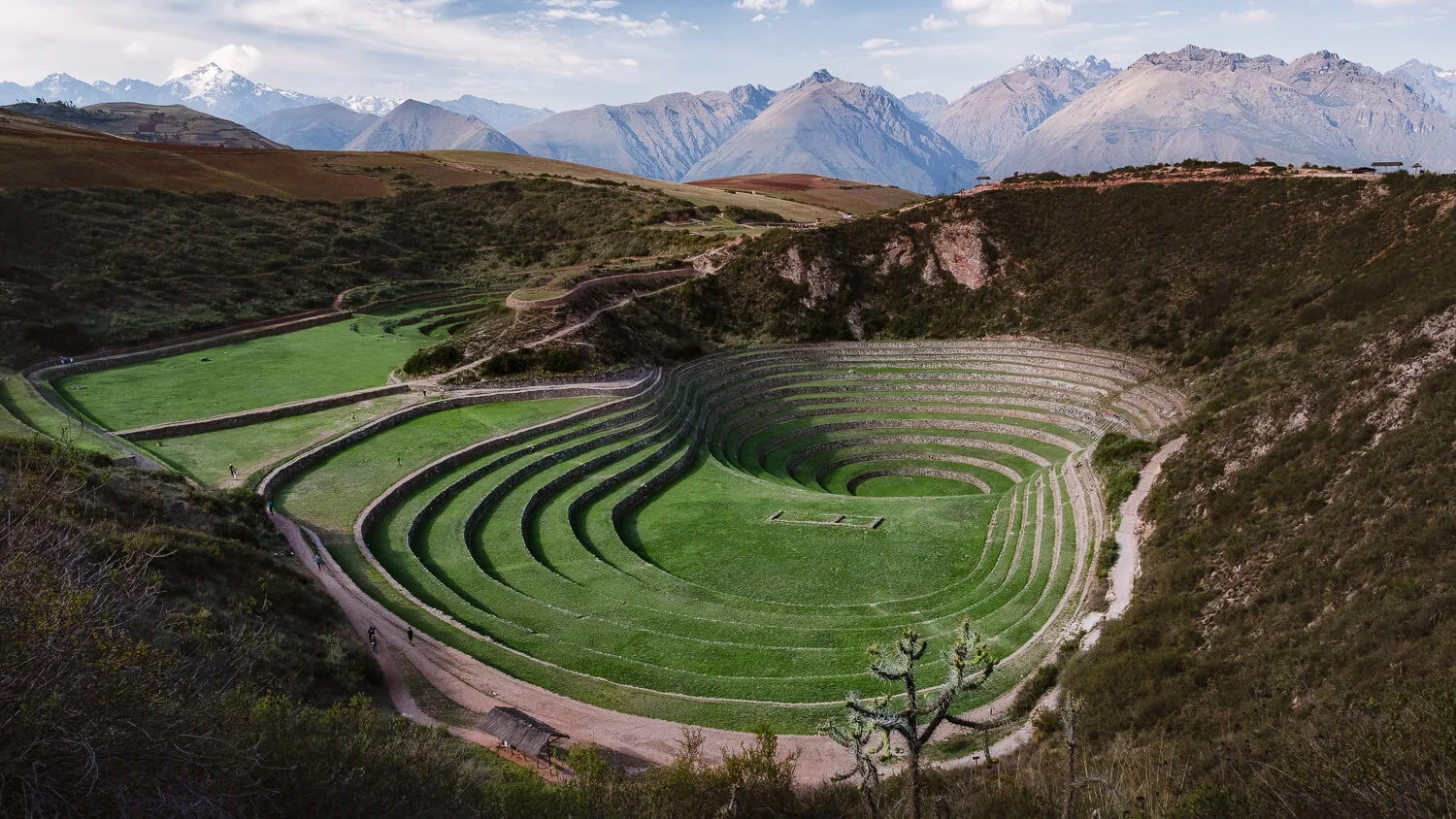
Sacred Valley
Transportation Tips
Book train tickets and shuttle buses well in advance, especially in peak season. Arrive at train stations early; trains depart on time and do not wait for late passengers. Keep your ticket and passport handy; you will need them multiple times. Travel light; large luggage must be left at your hotel. Consider private transfers between Cusco and Ollantaytambo for flexibility; they allow stops at scenic sites like Chinchero and Maras en route.
Step‑by‑Step Hike Guide to Machu Picchu
Morning of the Hike
Wake early to catch the first bus from Aguas Calientes (05:30) if you hold a 06:00 entry ticket. Eat a light breakfast rich in carbohydrates (bread, fruit, oats) and avoid heavy or greasy foods. Bring your packed snacks, water, ticket and ID. Even in the dry season, clouds and rain showers can occur, so carry a rain jacket.
From Aguas Calientes, queue for the bus by 05:00. The ride up the switchback road takes about 20 minutes. At the gate, show your passport and Machu Picchu + Mountain ticket. Stamp your passport if you’d like a souvenir stamp.
On the Trail
Inside the site, follow signs for Circuit 1A. The trail begins near the Guardian House, where travellers capture the iconic panoramic shot of the citadel. A ranger will check your ticket at the trailhead and record your name and entry time. The path climbs via stone steps lined with shrubs and orchids.
After about 15 minutes you reach the first viewpoint. As you ascend, keep an eye out for hummingbirds and bromeliads; listen for the river far below. Handrails appear on steeper sections. Take regular breaks to catch your breath, hydrate and enjoy the scenery. Halfway up, the trail enters a shady patch with moss‑covered trees.
At roughly 3 000 m, the temperature drops slightly-pull on an extra layer if needed. The final ascent steepens but remains broad.
At the Summit
The summit platform rewards your effort with a 360° panorama. To the north, Huayna Picchu rises like a green fang; to the west, the Vilcabamba range stretches toward the horizon. On clear days, glaciated giants like Salkantay and Veronica shimmer in the distance.
Spend 20–30 minutes at the top, respecting other hikers and staying away from cliff edges. If you arrive early, watch the ruins bathed in golden light as clouds drift away. Consider a quiet moment of reflection or an offering of coca leaves to Pachamama (Mother Earth), a practice rooted in Andean spirituality. Leave no trace; pack out all items.
Descent
Descending is gentler on your lungs but can strain your knees. Use handrails and take short, controlled steps. Yield to uphill hikers; they have the right of way. Pause if your legs tremble; altitude and exertion can cause muscle fatigue. Once at the base, check out with the ranger, who will record your departure. Continue along the designated circuit or exit the site. Remember: once you leave, you cannot re‑enter.
Sample Itineraries
One‑Day Express Itinerary from Cusco
Day 0 (evening): Travel from Cusco to Ollantaytambo (1.5 hours) and overnight to reduce travel time.
Day 1: Take an early train to Aguas Calientes, catch the shuttle to Machu Picchu, and enter with a 07:00 slot. Hike Machu Picchu Mountain, then explore the upper terraces. Exit the site by late morning, lunch in town and return to Cusco by evening. This itinerary is efficient but intense.
Two‑Day Itinerary with Overnight in Aguas Calientes
Day 1: Travel to Aguas Calientes and spend the afternoon exploring the Machu Picchu citadel on Circuit 2. Overnight in town, enjoying local restaurants and perhaps a dip in the thermal baths.
Day 2: Catch the first bus to the sanctuary and climb Machu Picchu Mountain. Return to the Sacred Valley or Cusco in the afternoon. This itinerary offers a relaxed pace and enough time to acclimatize.
Multi‑Day Trek & Guide to Machu Picchu Mountain
For hikers seeking a wilderness adventure, combine a multi‑day trek-like the Salkantay or Lares route-with Machu Picchu Mountain. Arrive in Aguas Calientes after your trek, rest overnight, and then climb the mountain with fresh legs the next morning. This approach gradually acclimatizes your body while immersing you in Andean culture and landscapes.
Responsible & Sustainable Travel
Leave No Trace Principles
Each visitor plays a role in preserving Machu Picchu. Carry out everything you bring in, including food wrappers, tissues and fruit peels. Single‑use plastic bottles are banned; pack water in reusable containers.
Stick to marked trails to prevent erosion and protect flora. Do not touch or lean on ancient walls, and avoid stacking rocks or leaving graffiti. Keep noise levels low to respect the sacred environment and other visitors.
Porter Welfare & Ethical Practices
If you trek to Machu Picchu, porters (also called chaskis) carry equipment and supplies. To support them ethically, choose tour operators that provide fair wages, proper equipment and medical insurance.
Adhere to weight limits (20 kg per porter) and tip generously at the end of your trek. Small gifts like gloves or hats are appreciated; avoid giving sweets or trinkets that create waste. By honouring porters, you help sustain Andean communities and preserve cultural traditions.
Cultural Etiquette
Learning a few words of Quechua or Spanish shows respect and fosters connection. When photographing locals, ask permission first; some may request a small fee. Dress modestly, especially in sacred spaces.
Remove hats inside temples and refrain from loud behaviour. Participate in rituals such as coca leaf offerings only if you understand their significance and can do so respectfully. Supporting local artisans by purchasing authentic handicrafts helps preserve cultural heritage and provides economic support.
After the Hike
Recovery & Reflection
After descending, rehydrate and refuel with a balanced meal. Stretch your legs and back to prevent stiffness. Journal your thoughts and emotions to preserve the memory of your experience. Altitude effects can linger, so continue to drink water and avoid alcohol until you feel normal. If you experience headaches or nausea, rest and seek medical advice if symptoms persist.
Nearby Attractions
Extend your adventure by visiting the Intipunku (Sun Gate) for sunrise views, the Inca Bridge for a glimpse of ancient engineering, or the Temple of the Moon on the far side of Huayna Picchu.
Hike to lesser‑known peaks like Putucusi if open, or explore the bustling markets of Pisac and Chinchero in the Sacred Valley. Soak in Aguas Calientes’ thermal baths or wander the cobbled streets of Cusco. Each site offers a different perspective on Andean culture and history.
Souvenirs & Supporting Local Communities
Purchasing locally made textiles, ceramics or jewellery supports artisans and sustains cultural traditions. Seek out cooperatives and community workshops rather than large tourist shops. Look for alpaca wool items labelled ethically sourced.
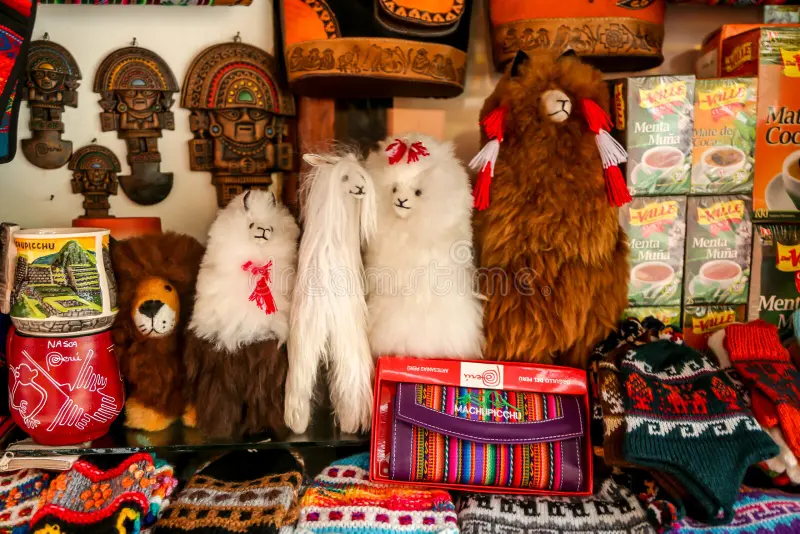
Souvenirs in Machu Picchu
Avoid purchasing products made from endangered species. Participating in weaving demonstrations or agricultural tours enriches your understanding and directly benefits the people who live in the region.
Conclusion
Climbing Machu Picchu Mountain is more than a physical feat; it’s a journey through time and a meeting with living culture. Standing above the citadel you will see why the Incas chose this location-a blend of natural beauty, astronomical alignment and defensive advantage.
By preparing thoughtfully, respecting local regulations and embracing sustainability, you ensure your visit contributes positively to the preservation of this World Heritage Site.
If you’re ready to plan your adventure, consider joining a guide trek to Machu Picchu with experienced local guides who share cultural insights and manage logistics. Alpaca Expeditions, based in Cusco, has been leading sustainable treks for years and prioritizes porter welfare, environmental protection and authentic cultural exchange.
Our team can help you design an itinerary that suits your interests-whether it’s a one‑day climb or a multi‑day trek culminating on the Old Mountain. Adventure awaits; let us guide you responsibly.
Glossary & Terms
Apus – Quechua term for sacred mountains believed to protect the land.
Aguas Calientes – Town at the base of Machu Picchu; also called Machu Picchu Pueblo.
Circuit – Designated route through Machu Picchu; circuits determine what parts of the site you can visit and at what time.
Huayna Picchu – “Young Mountain,” the iconic peak behind the citadel. Features steep, narrow trails.
Huchuy Picchu – “Little Mountain,” a small peak north of the citadel, suitable for short hikes.
Intipunku – The Sun Gate; original Inca entrance to Machu Picchu and a viewpoint on Circuit 1C.
Soroche – Local term for altitude sickness; symptoms include headache, nausea and fatigue.
Urubamba River – River winding around Machu Picchu, creating dramatic drop‑offs and fertile valley soils.
Vilcabamba Range – Mountain range west of Machu Picchu; includes peaks like Salkantay.
Quechua – Indigenous language of the Andes; many place names derive from Quechua.
Alpaca Expeditions Recognitions
ISO (International Organization for Standardization)
In the pursuit to stand out from the rest, Alpaca Expeditions has obtained four ISOs plus our carbon footprint certificate to date. These achievements result from our efforts to implement the internationally-recognized integrated management system. They also represent our commitment to all of our clients and staff of operating sustainability and responsibility in every way possible.
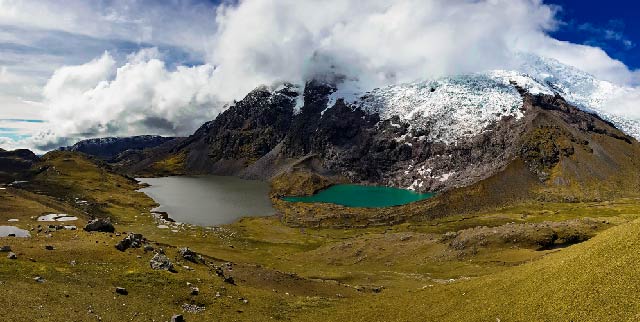

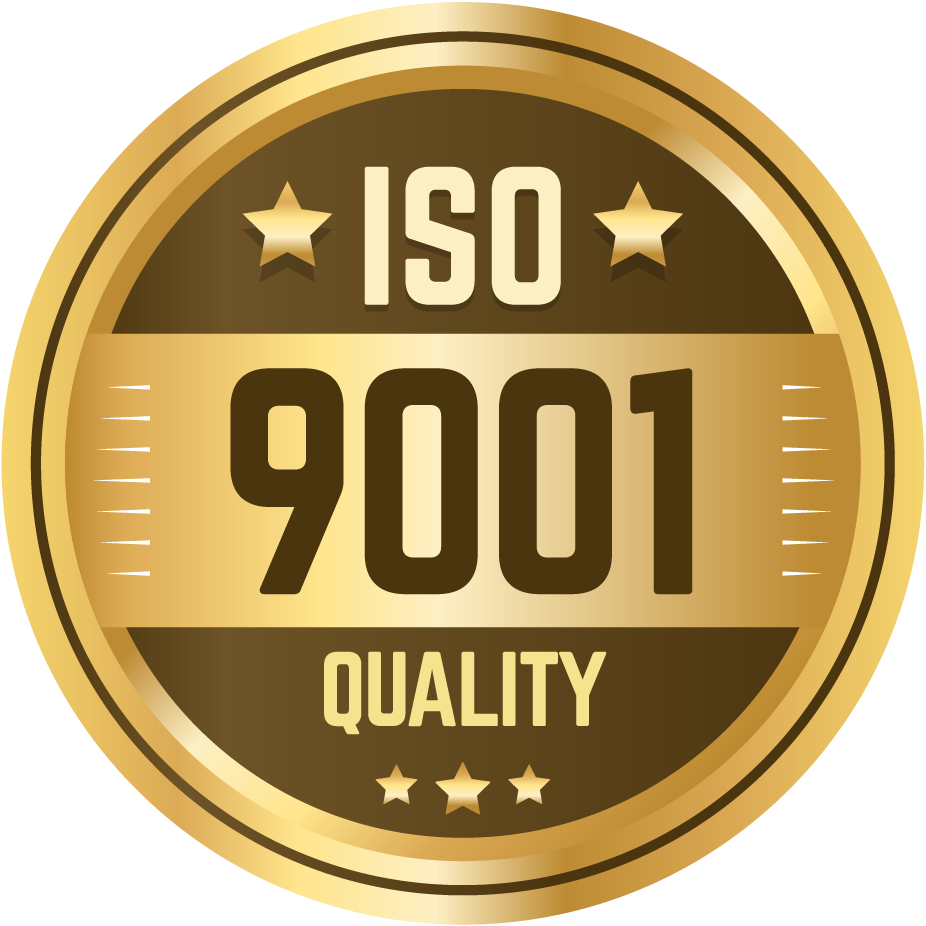
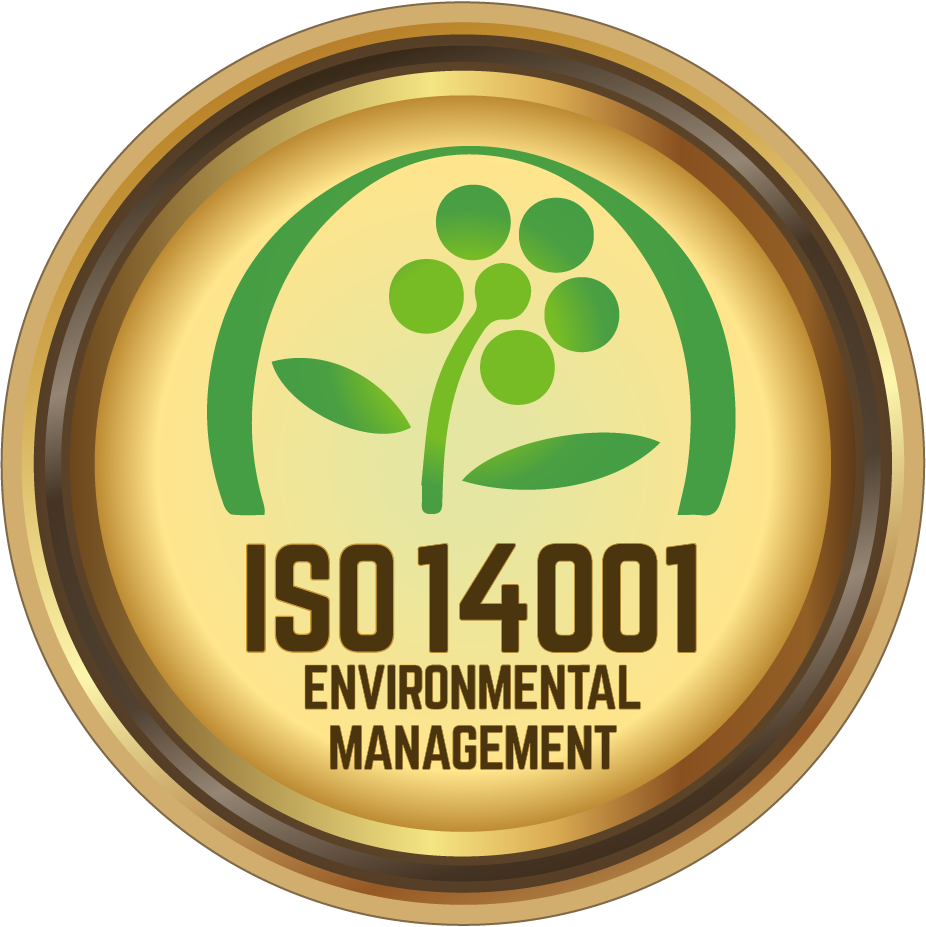
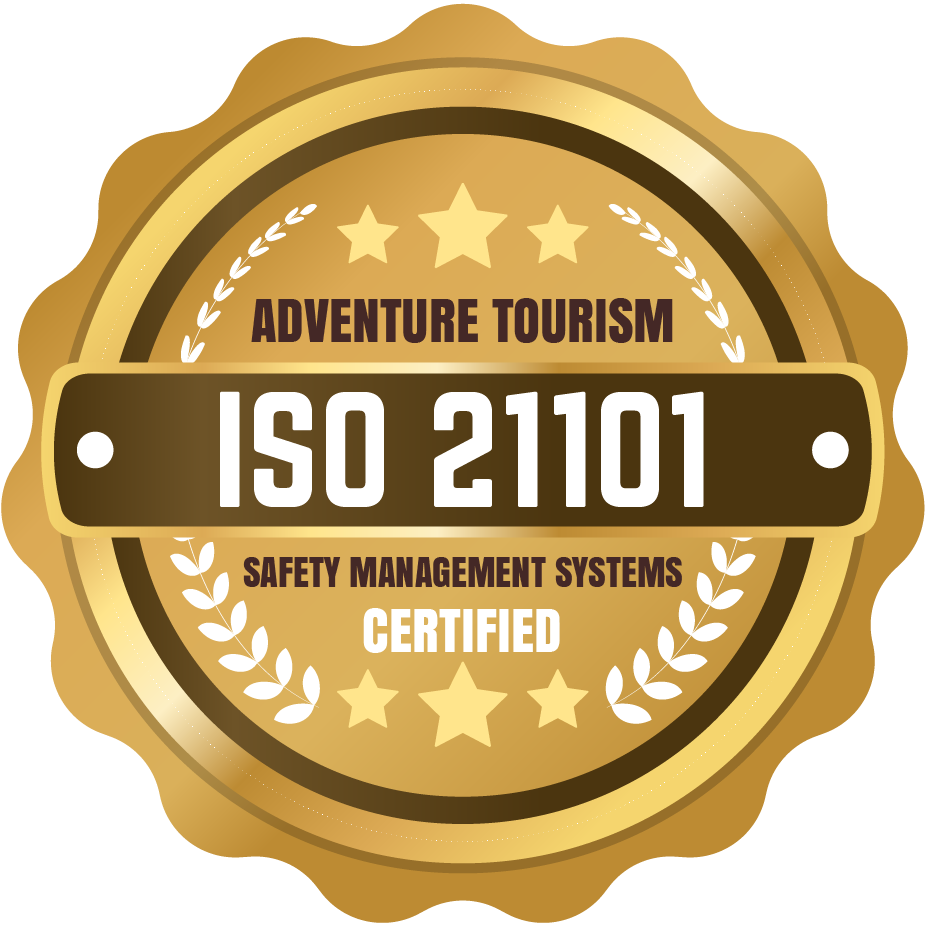
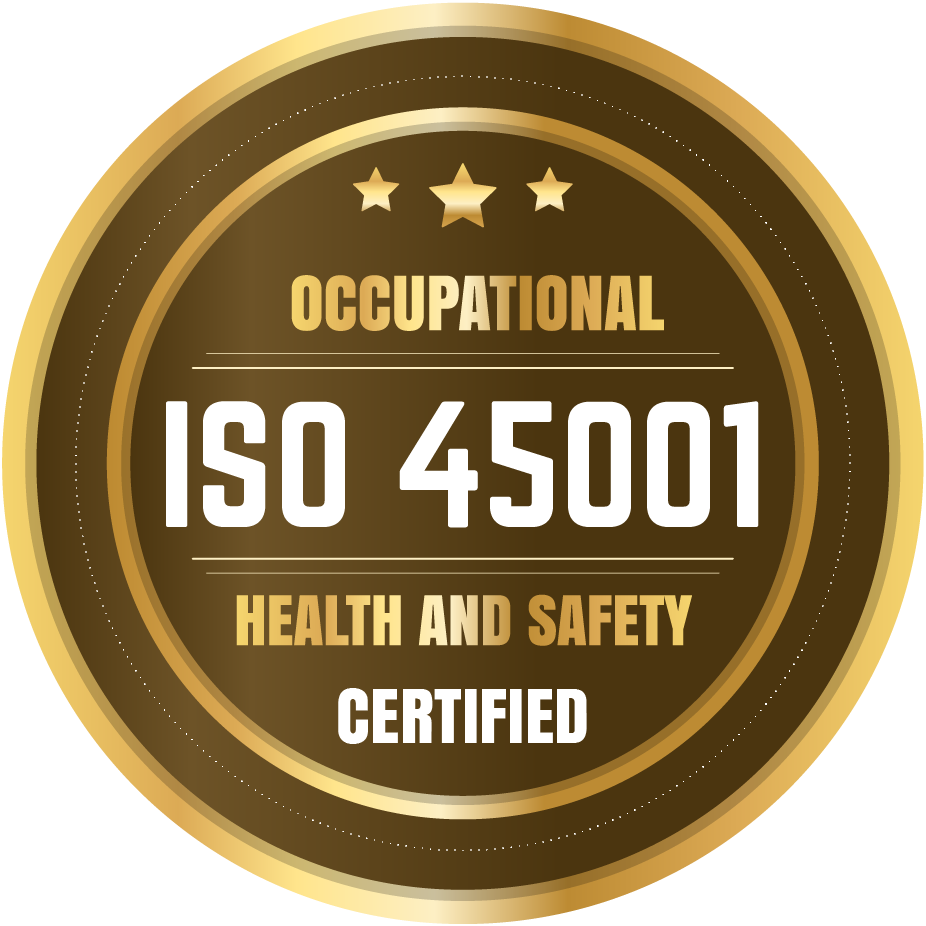
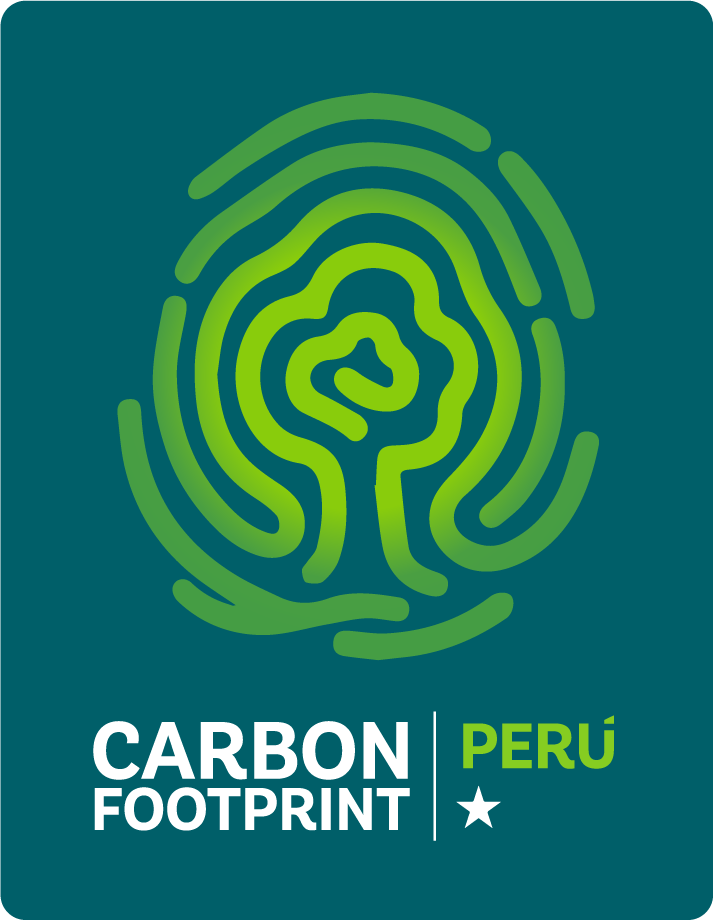












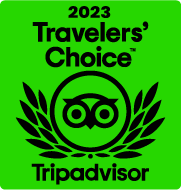
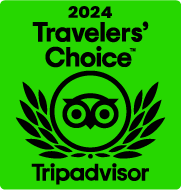














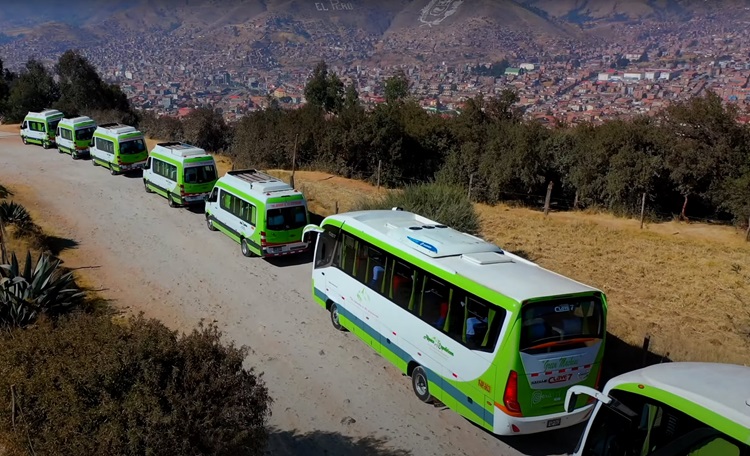
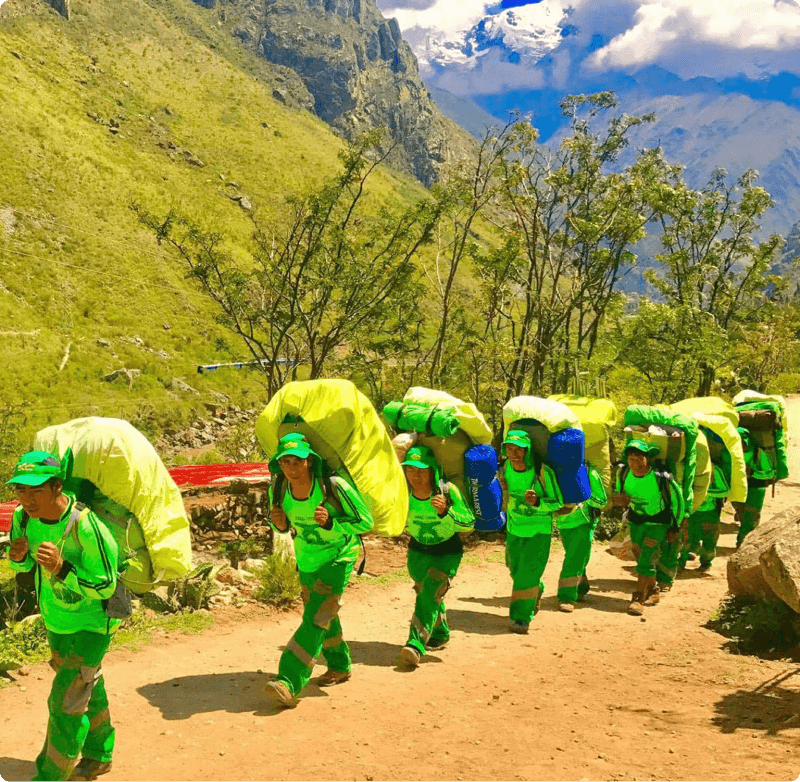 Porters will carry up to 7 kg of your personal items, which must include your sleeping bag and air mat (if you bring or rent one). From us, these two items weigh a combined total of 3.5 kg.
Porters will carry up to 7 kg of your personal items, which must include your sleeping bag and air mat (if you bring or rent one). From us, these two items weigh a combined total of 3.5 kg.